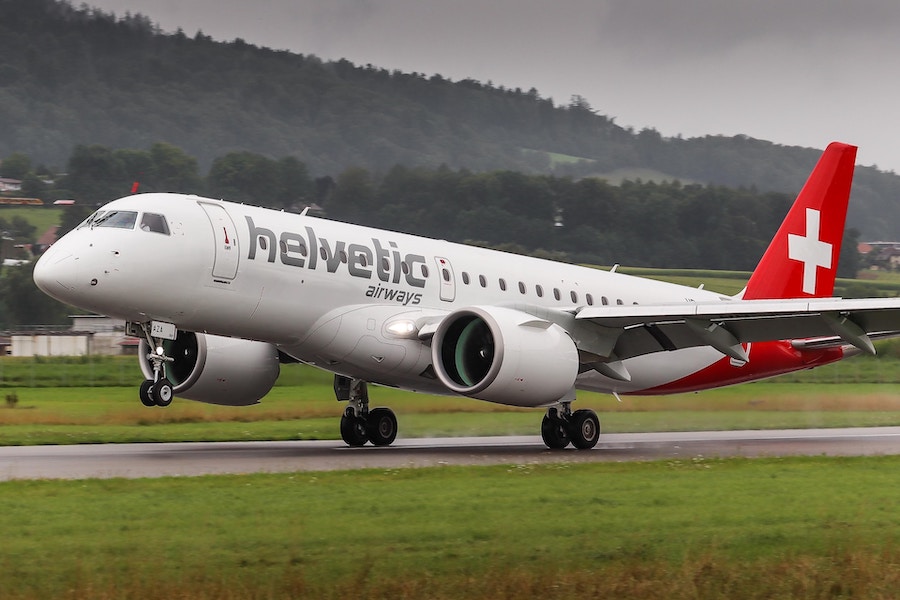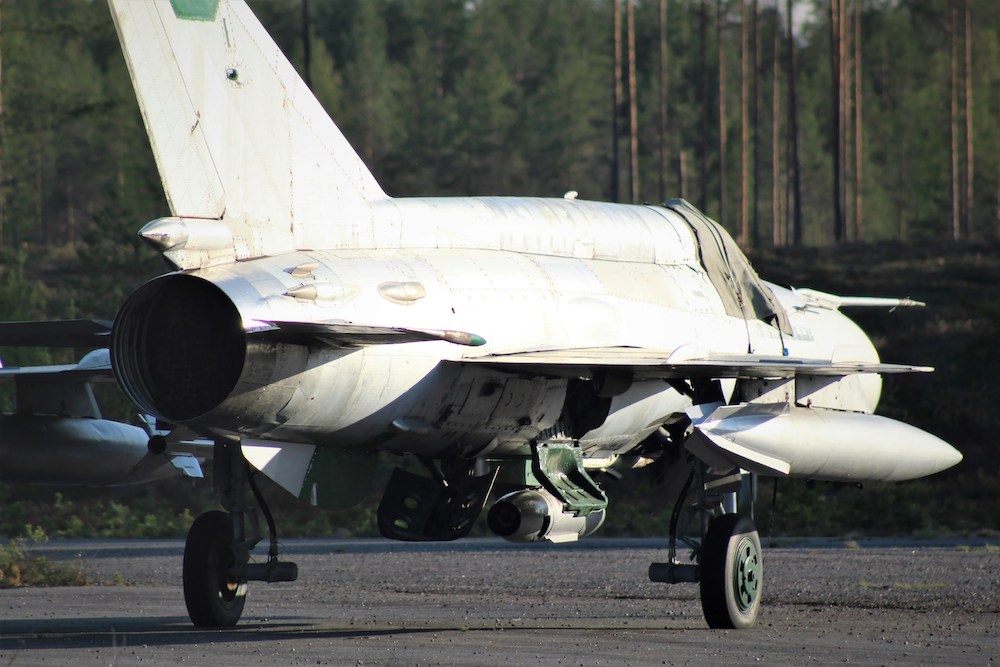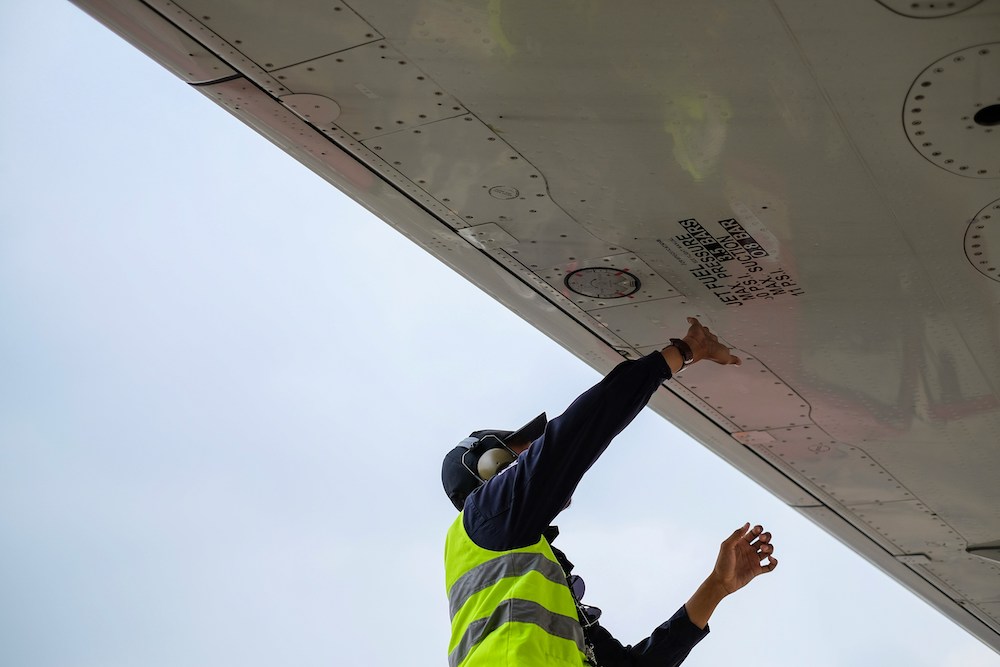
In the vast and ever-evolving realm of aviation, specific names resonate like powerful engines, leaving an indelible mark on the skies. Among these legendary pioneers, Embraer stands tall. This Brazilian manufacturer is synonymous with innovation, reliability, and an unwavering commitment to crafting planes that elevate the art of regional flight. Founded in 1969, Embraer has soared to prominence, creating a remarkable legacy in the Embraer commercial aviation industry.
Today, as we traverse the intricate landscape of regional aviation, we focus on two distinguished E-jet family members: the Embraer 170 and the Embraer 175. These sleek twin jets may share a lineage, but they possess subtle yet significant differences that could make one the clear best choice for the particular needs of aviation enthusiasts, buyers, and operators.
The E170 and E175, although smaller in scale compared to their next-generation E2 counterparts, maintain their popularity in an industry that is constantly evolving. As the aviation world embraces the efficiency and technology of the E2 series, taking a closer look at the original E170 and E175, both members of the Embraer E-jet family, becomes essential. Their unique characteristics and applications continue to position them as formidable contenders in the competitive Embraer regional jet market.
Embraer 170 – Brief History and Development
The Embraer 170, deeply rooted in Brazil’s rich aviation heritage, took its maiden flight in 2002. This particular historic moment marked a significant milestone in Embraer’s illustrious journey and the broader realm of regional aviation.
As the pioneering member of the E-Jet family, the E170 set the stage for a new era in regional aviation excellence. It was designed with a dual commitment: to enhance operational efficiency and elevate passenger comfort to unprecedented levels. These qualities have made the E170 an esteemed choice among airlines worldwide.
Key Features and Specifications of the Embraer 170
- Engine: The E170, a proud member of the Embraer E-lineup, has two General Electric CF34-8 engines, generating 14,200 pounds of thrust to deliver reliable performance. This supports the aircraft’s advanced range capabilities, making it suitable for both short-haul and mid-range flights.
- Dimensions: With a length of 29.90 meters (98 feet and one inch) and a wingspan of 26.01 meters (84 feet and four inches), the E170 strikes a balance between compactness and capability.
- Seating Capacity: The E170 ensures airlines can tailor their cabin layout to meet diverse passenger demands, offering seating for 66 to 78 passengers in various configurations.
- Avionics: Boasting advanced avionics systems that enhance safety and efficiency, the E170 is ready for its first flight and many more after, leveraging modern technology.
Embraer 175 – Brief History and Development
So how does the Embraer 175 compare to the 170?
In 2003, the Embraer 175 emerged as a significant addition to the illustrious E-Jet family, building upon the resounding success of its predecessor, the E170.
The E175 was developed as an enlarged version of the E170, instantly captivating the aviation industry with its increased capacity and excellent performance capabilities. Addressing the demand for regional aircraft capable of carrying more passengers without sacrificing comfort or efficiency, the E175 features a lengthened fuselage and greater seating capacity.
With this launch, Embraer emerged as a major player in regional aviation, showcasing its capacity to innovate and adapt to changing market demands. This achievement underscored Embraer’s commitment to providing flexible and reliable solutions to airlines.
Key Features and Specifications of the Embraer 175
- Engine: Powered by the same General Electric CF34-8E engines as the E170, the E175 harnesses 14,200 pounds of thrust for exceptional performance.
- Dimensions: Slightly more sizable than the E170, the E175 boasts a length of 31.67 meters (103 feet and 11 inches) and the same wing span of 26.01 meters (84 feet and four inches).
- Seating Capacity: The E175 seats 78 to 88 passengers, catering to airlines seeking enhanced capacity without compromising passenger comfort.
- Avionics: Equipped with advanced avionics, such as the Garmin G1000 NXi suite, the E175 empowers pilots with comprehensive flight data and intuitive controls.
Comparing Embraer 170 and 175
Cruise Speed
E170 Cruise Speed – The Embraer 170, with its General Electric CF34-8E engines, achieves a cruise speed of approximately Mach 0.75, equivalent to 430 knots or 797 kilometers per hour.
E175 Cruise Speed – Similarly, the Embraer 175, also equipped with CF34-8E engines, matches the E170’s cruise speed of Mach 0.75, ensuring efficient regional flight.
Cruise Speed Winner – In this category, it’s a tie. The E170 and 175 share identical cruise speeds, making them equally efficient for regional air travel.
Cabin Size & Space
E170 Cabin Design & Comfort – The E170 cabin is configured for 66 to 78 passengers, emphasizing functionality. While efficient, it leans towards shorter flights where extended comfort may be less critical.
E175 Cabin Size & Comfort – The E175 cabin accommodates 78 to 88 passengers, offering more space, legroom, and overall comfort. This advantage becomes particularly relevant on longer flights.
Cabin Size & Comfort Winner – The E175 claims victory over the E170 in this category, providing a more spacious and comfortable cabin enhancing passenger experience during extended journeys.
Upfront Cost
Affordability of E170 – The Embraer 170 has earned its reputation as an economical choice, making it particularly attractive to airlines operating within budget constraints. Its affordability extends to the initial purchase price and the ongoing operating expenses, that is, low operating costs.
Higher Price Tag of E175 – Conversely, the E175 demands a higher price tag due to its enhanced features and increased capacity. While this places it in a higher cost bracket than the E170, it’s essential to consider its value.
Upfront Cost Winner – In regards to upfront cost, the E170 takes the lead over the E175, catering to airlines prioritizing budget-friendly solutions. However, it’s crucial to remember that the upfront cost is just one aspect of the overall economic picture.
Maintenance & Reliability
E170 Engine Reliability – The E170’s CF34-8E engine is renowned for its reliability, translating to fewer unexpected maintenance expenses and operational savings.
Complexity and Maintenance of E175 – The E175, while reliable, can involve higher maintenance costs due to its more complex systems and specialized work requirements.
Maintenance & Reliability Winner – The E170 has a competitive edge over the E175 in regards to maintenance and reliability, offering cost-effective and dependable operations.
Performance
E170 Performance Capabilities – The E170, equipped with engines that generate a thrust of 14,200 pounds, ensures steady and reliable performance, suitable for various missions, including training.
E175 Enhanced Performance – The E175’s 230 horsepower engines provide a noticeable boost in performance, resulting in faster climbing rates and the ability to cruise at higher altitudes.
Performance Winner – The E175’s performance secures the win over E170, delivering superior power and capabilities.
Range
Embraer 170 – The E170 can do well to a range of 2100 nautical miles at maximum weight. While it may not boast the extended range of the E175, the E170 shines in missions where efficiency and cost-effectiveness take precedence.
Embraer 175 – The E175 excels in range due to its larger fuel capacity and engine efficiency, offering a range of up to 2200 nautical miles under optimal conditions. This extended range makes it ideal for various missions, including longer cross-country flights, frequent business trips, or specialized tasks that demand increased power and flexibility.
Range Winner – The E175 emerges as the winner in the range category, catering to diverse mission profiles.
Landing Gear
Embraer 170 Landing Gear – The E170 has fixed tricycle landing gear configurations, a hallmark of its design. This choice enhances operational simplicity and reliability, particularly during takeoff and landing. The fixed landing gear provides stability and ease of control, making it well-suited for short-haul regional flights where efficient, straightforward operations are essential.
Embraer 175 Landing Gear – Similarly, the E175 features fixed tricycle landing gear configurations, aligning with the design philosophy of its predecessor, the E170. This landing gear design choice ensures stability during takeoff and landing, critical for passenger comfort and operational safety.
Landing Gear Winner – The landing gear category is a tie between the Embraer 170 and E175. Both aircraft feature retractable tricycle landing gear configurations, highlighting Embraer’s commitment to aerodynamic efficiency, reliability, and ease of maintenance. It’s essential to note that while the basic design is consistent, specific landing gear variations may exist based on individual airline preferences or operational requirements.
Fuel Efficiency
Embraer 170 Fuel Efficiency – The E170 consumes approximately 8-10 gallons per hour, prioritizing fuel efficiency while maintaining performance.
Balancing Efficiency with Performance – The E175, with a slightly higher fuel consumption rate of around 10-12 gallons per hour, balances efficiency, speed, and range.
Dependent on Mission Requirements – Fuel efficiency considerations depend on the specific mission requirements, with each aircraft offering distinct advantages.
Fuel Efficiency Winner – It’s a tie in the fuel efficiency category, as the choice between the E170 and E175 hinges on mission-specific fuel economy priorities.
Key Takeaways About the E170 vs. E175
In comparing the Embraer 170 and 175, both key members of the Embraer e-jets family, it’s clear that these aircraft serve diverse aviation needs. The E175 offers an extended range, a spacious cabin, improved performance, and passenger comfort, making it an attractive choice for airlines, including carriers like LOT Polish Airlines, seeking versatile regional solutions.
Conversely, the E170, known for its inaugural flight excellence, excels in affordability, cost-effective maintenance, and reliability. It’s a great fit for regional airlines with budget constraints and those prioritizing training requirements. The choice between these two jets hinges on aligning specific aviation needs with their unique strengths.
In the dynamic aviation landscape, where every mission, whether mid-range or short-haul, comes with distinct requirements, Embraer’s E170 and E175 provide solutions for a spectrum of needs. Decision-makers, whether airline executives or pilots, should carefully assess their goals to determine which aircraft aligns best with their aviation objectives.
Enjoyed reading about EMB 170 vs 175? Learn about other aircraft comparisons with:
- Comparing Airbus A318, A319, A320 & A321 Variants
- Cessna 182 vs. 172 – Cruise Speed, Cabin Size & More
Written by Michael Olusoji
Michael Olusoji is a distinguished aviation writer with over five years of in-depth expertise.
His comprehensive research and analytical prowess have culminated in a myriad of articles that dissect the intricate facets of the aviation sector, particularly the engineering nuances of aircraft components.



